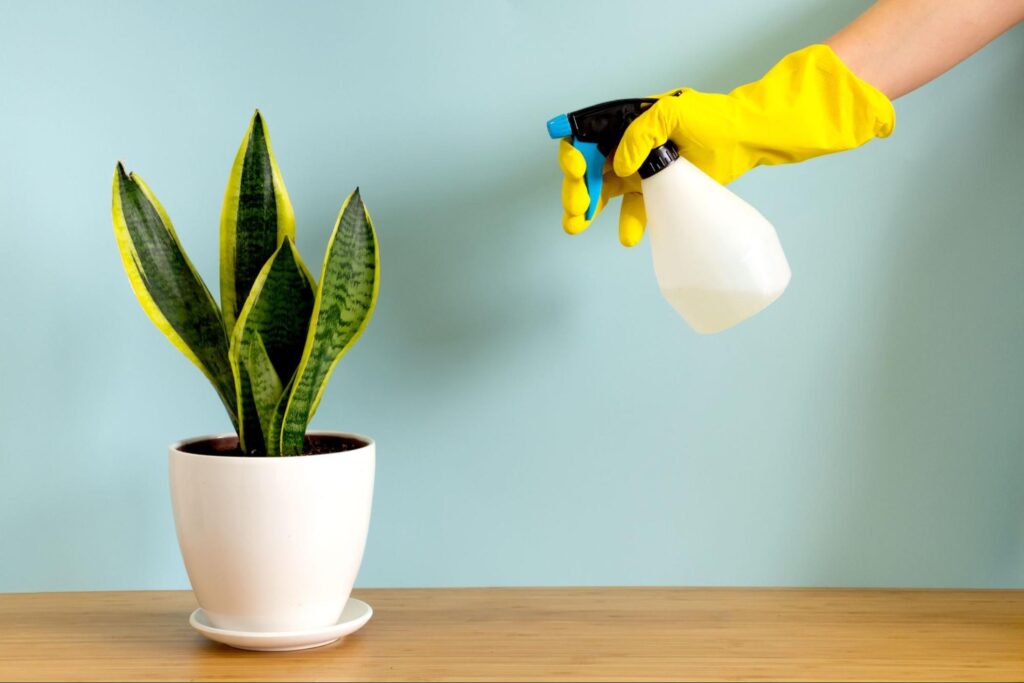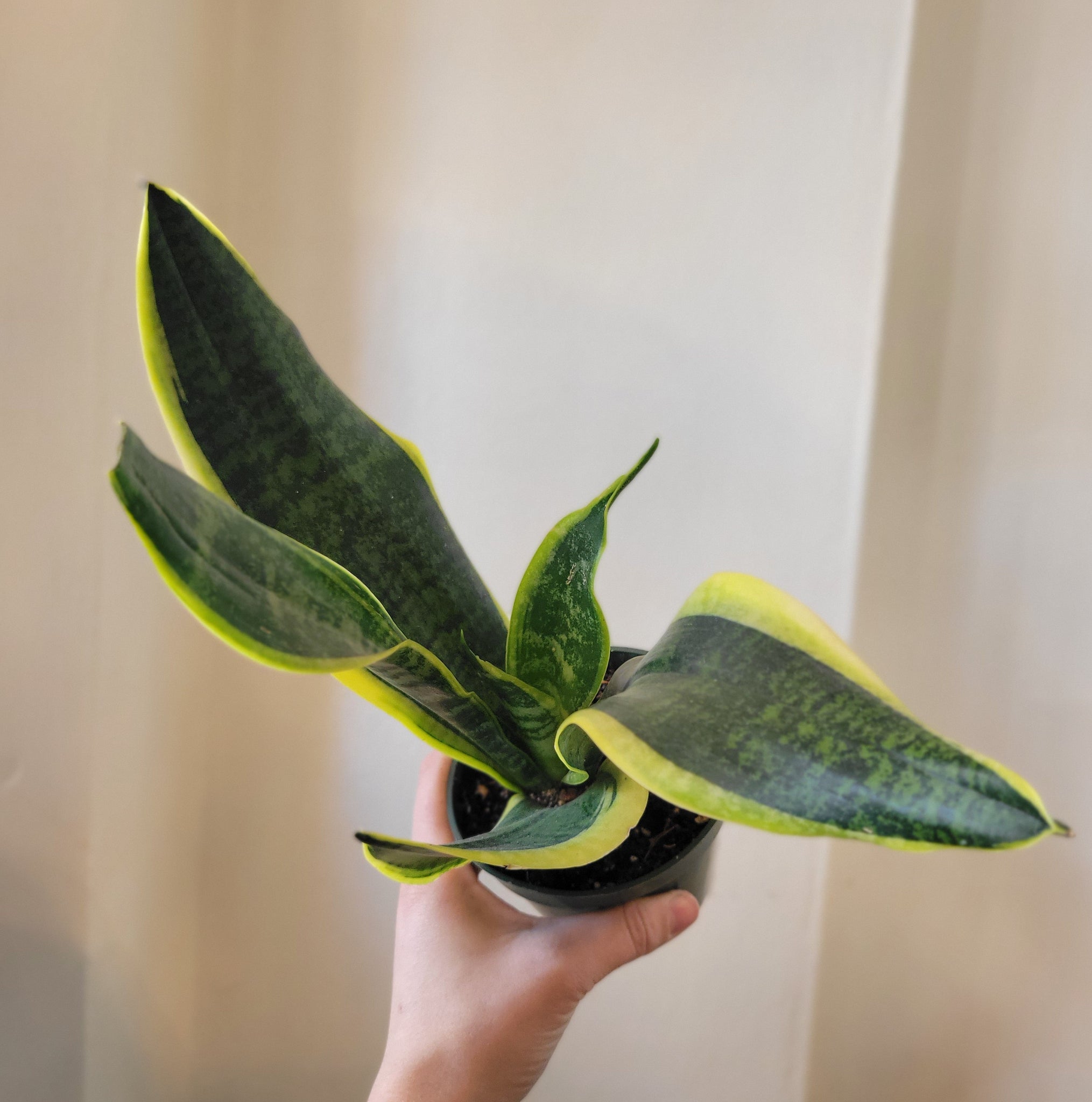Not known Factual Statements About Snake Plant Leaves Turning Yellow
All about Snake Plant Leaves Turning Yellow
Table of ContentsRumored Buzz on Snake Plant Leaves Turning YellowHow Snake Plant Leaves Turning Yellow can Save You Time, Stress, and Money.The 10-Second Trick For Snake Plant Leaves Turning YellowSnake Plant Leaves Turning Yellow Things To Know Before You BuyOur Snake Plant Leaves Turning Yellow StatementsExcitement About Snake Plant Leaves Turning Yellow
Many signs and symptoms of root rot aren't visible to the outside of a plant, with the exception of one sign yellowing fallen leaves. When a snake plant has yellow fallen leaves, this is frequently an indicator of overwatering resulting in origin rot. Snake Plant Leaves Turning Yellow. When yellow, the leaf is basically dead due to the fact that it's not getting any type of nutrients from the decayed originsThe most effective method to inspect if the plant requires watering is to stick your finger one inch into the dirt. If the dirt perspires, you do not need to water it. If the soil is bone dry, it's time to sprinkle the plant. Serpent plants in fact function best in clothes dryer problems than wet ones, so you should only water your snake plant when every 7-10 days.
Instead, the all-natural sunlight should be indirect. This means that if your serpent plant remains on a windowsill or surface that is constantly in the sunlight, this is most likely the cause of the yellowing leaves. Yellow leaves suggest that the plant is melting from the sun, which after that eventually turns brownish and crunchy.
The Best Strategy To Use For Snake Plant Leaves Turning Yellow
While you could assume that a window creates a barrier to prevent direct sunlight, the glass really produces a magnifying result. The sunlight will certainly after that focus on specific components of the fallen leaves, resulting in scorched fallen leaves. Putting window blinds can substantially lower the sunshine intensity! House plants require consistency to prosper.
Any abrupt changes in these requirements, specifically the temperature level, can lead to the anxiety of a plant. That's best stress from radical changes in temperature level leads to yellow leaves. The major reason to prevent putting your snake plant via consistent temperature changes is that it completely affects the evaporation procedure.

Snake Plant Leaves Turning Yellow Fundamentals Explained
When over-fertilized, the plant food will certainly do a couple of things. It will either shed the leaves, triggering them to transform yellow, or it will certainly take in way too much dampness from the dirt. This will certainly prevent the plant from taking in the wetness it requires to make it through, which basically results in a dehydrated plant.
If you believe you might have over-fertilized your serpent plant, it's best to leave the plant alone for a couple of weeks to months.

The Single Strategy To Use For Snake Plant Leaves Turning Yellow
I've seen my share of challenges with the tough Serpent Plant, consisting of the strange yellowing of fallen leaves. Ironically, our excellent purposes can often injure our Serpent Plants.
Think it or not, also our durable Serpent Plants run out of their dietary supply after some time. When you first acquire your Snake Plant, it comes with a decent quantity of nutrients in its potting mix.
Below's a convenient guide for you: from the pot. for indicators of fungi. utilizing sterile pruning shears. to the origins to stop future fungal development. For a much more in-depth overview on repotting, check out our write-up on Snake Plants are see exotic locals, sites and they like their temperature level secure and cozy.
Some Known Details About Snake Plant Leaves Turning Yellow
Icing up temperature levels can damage the leaves, and heats or heatwaves can speed up water loss and damage the proteins holding chlorophyll. When these healthy proteins are harmed, chlorophyll decreases, and the fallen leaves transform yellow. To treat this, guarantee your Serpent Plant is positioned in a location in your home with even more regular temperature levels.
The solution is basic: shift your Serpent Plant to a pot with ample water drainage openings. This will certainly aid keep the right moisture equilibrium in the dirt. In my experience, the kind of dirt you make use of for your serpent plant is vital. can contribute to your plant's standing water problem, and all of us recognize that standing water is a large no-no for serpent plants.
Also the sun-loving serpent plant has its restrictions (Snake Plant Leaves Turning Yellow). To relieve this, relocate your serpent plant to a spot with.
The Main Principles Of Snake Plant Leaves Turning Yellow

Insects and fungal infections can suck the sap from the leaves, depriving the snake plant of nutrients and triggering the fallen leaves to turn yellow. The service? Put on regulate the parasites and fungal infections. Below's a fast overview to do it: neem oil from a horticulture store. the neem oil with water following the next suggested ratio on the plan.
Snake plant leaves are at risk to yellowing if the plant is not well cared for. Healthy snake plants have a yellow tinting around the sides of their wide, vertical leaf blades.